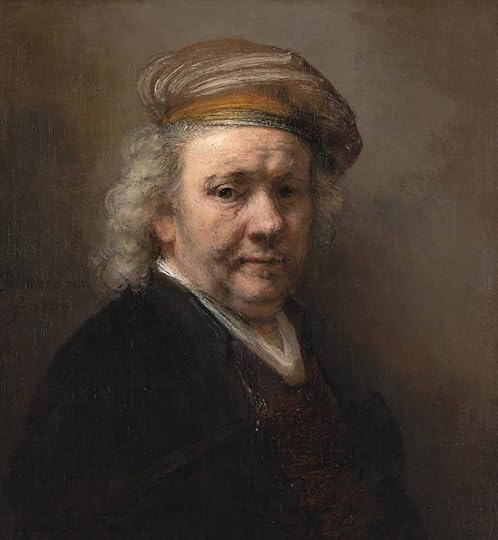Postcard from Amsterdam

A week in Amsterdam, mostly to meet up with the digital nomad Daughter, which was of course hugely enjoyable.
We have been staying a few hundred yards behind the Concertgebouw, in a quietly so-civilised area, with a great scattering of cafes and restaurants on almost every corner, and a tram-stop five minutes away. Need I say that the Amsterdam tram system is amazing? And as for the much-used bike lanes … It all makes the public transport and the provision for cyclists back in Cambridge seem rather depressingly shabby and second-rate.
Between family meals and wandering round the canals of the inner city, we have seen a lot of art, old and new!
It is a bargain to become friends of the Rijksmuseum, so we have been there a number of times (much better than trying to take in too much at once). I think we’d smuggle out Vermeer’s Little Street if we could only take home one painting.
The museum has been busy but mostly not so crowded as to spoil the experience. Except for all the idiots who push to the front, stand there fiddling around focusing their cameras or phones, snap and wander off, never actually looking at the “must see” painting in front of them, just the image on their camera screen …. Irritating and distracting or what? The rooms with earlier paintings (and carved wooden statues and altarpieces) are much quieter: here’s a rather wonderful Mary Magdalene by Crivelli.

We were also quite bowled over by the Anselm Kiefer exhibition split between the Van Gogh Museum and the Stedelijk Museum next door. Extraordinarily powerful. We had tickets for the last possible entrance time of the day, which still gave us two hours, and this meant that we had the galleries almost to ourselves by the end. I had to restrain myself from getting art books in other museums but, as Mrs Logic Matters agreed, the book accompanying this exhibition is hugely worth getting.
And last, but certainly not least, we have made a pilgrimage to The Mauritshuis in The Hague (taking the train, more fantastic public transport). We especially wanted to see three paintings which are so very familiar from reproductions, but which we had never encountered face-to-face before, Fabritius’s The Goldfinch, Vermeer’s View of Delft, and The Girl with a Pearl Earring.
The View of Delft was a revelation — in real life, much larger, more luminous than on any page. But of course. Can we smuggle that home too? And as for “The most famous girl in the world” as the museum call her, that tronie is just magical. As their notes remark, “Vermeer painted the girl without any hard lines. We call this technique sfumato … This means that all kinds of details are missing, such as the hook for the earring – Vermeer did not paint that at all. And where does her nose turn into her cheek? So you can see more than Vermeer actually painted: your brain fills in the details so subtly that you don’t even notice it happening. But this also means that everyone sees something different and that we each have our own Girl.” Which is a rather striking thought.
And then we met Rembrandt van Rijn, in perhaps the very last of his self portraits. So much life has been lived, such triumphs and sadness.

The post Postcard from Amsterdam appeared first on Logic Matters.



